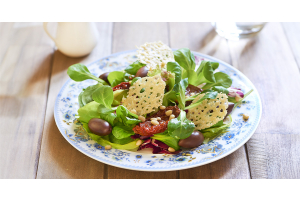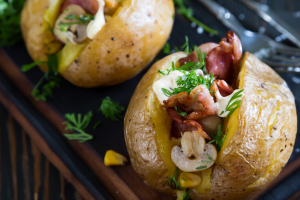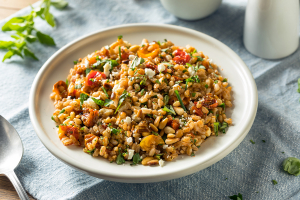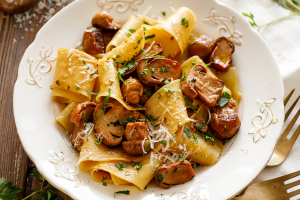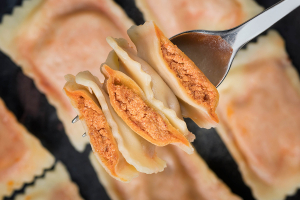The history of struncatura
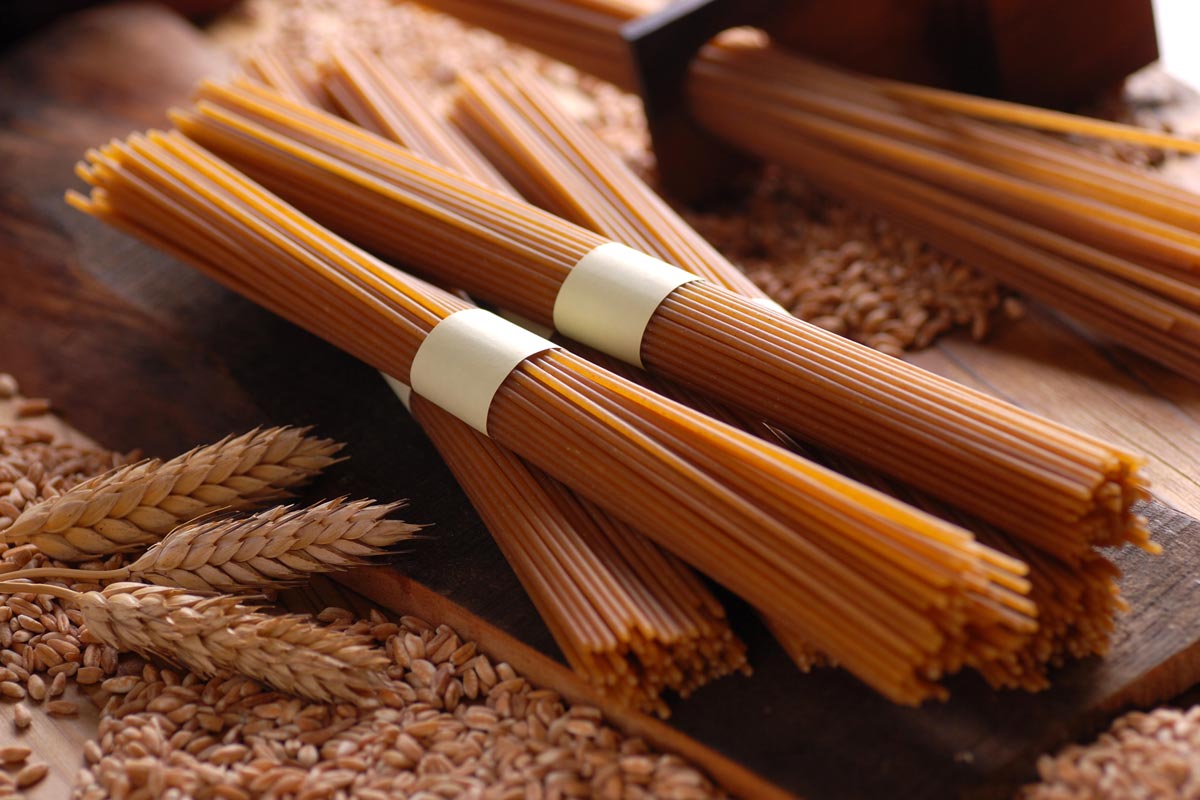
Stroncatura, in local dialect 'struncatura', is a typical product of Calabrian cuisine, in particular of Gioia Tauro. Although it is currently widespread throughout Calabria, the area of greatest sale and consumption is considered to be the Tyrrhenian strip of the province of Reggio Calabria.
What does stroncatura consist of?
This pasta is made from the residue of flour and bran from the milling of wheat. The wholemeal wheat gives it its rough and coarse appearance, thanks to its shape and to its particular mixture it holds the sauce very well. It is generally seasoned with traditional country ingredients such as extra virgin olive oil, garlic, Calabrian chilli, anchovies and toasted breadcrumbs.
The origins of stroncatura are very old, it arrived in Calabria from the Amalfi Coast. It is important to note that around the end of the 19th century in the Gioia Tauro Plain, a very active commercial area, there was a conspicuous presence of traders from Campania. The people of Amalfi, who were present throughout the Plain, probably began to spread this product, which was originally intended for animals and at first became a dish of poor cuisine. Today it is a culinary heritage of the whole area.
How to season stroncatura
It is said that pasta makers used the "scopature di magazzino", i.e. they collected from the ground the mixed residues of flour and bran from the wheat milling operations. They were then mixed together to create a dark-coloured pasta called struncatura.
Due to its very low cost, it was consumed by the less well-off social classes, and to correct or mitigate the degree of acidity it was seasoned with very spicy sauces or salted anchovies.
Nowadays, its recipe has been rediscovered and adapted to current regulations. It is produced by very few artisanal pasta factories using quality ingredients such as durum wheat and wholemeal flour.

